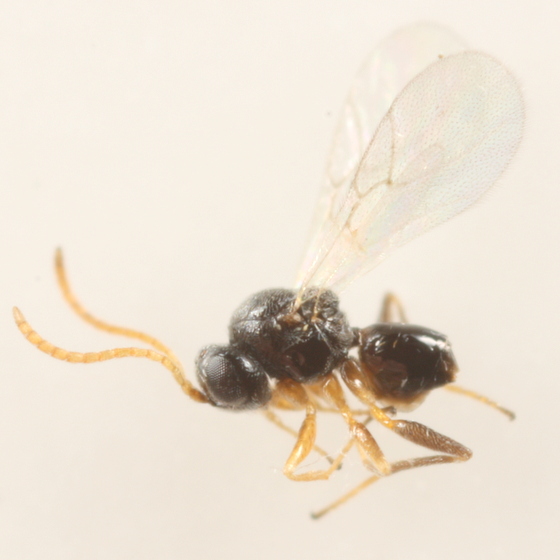Well, I see nobody took a shot at answering the September trivia question. That’s okay but please don’t be shy! Wild guesses are encouraged- if for nothing more than entertainment value.
The fuzzy orange things on the oak leaves are actually galls created by very tiny wasps (pictured below) in the family Cynipidae. Don’t worry, these aren’t like the Red Wasps that will attack you if disturbed. These wasps do not nest and therefore are not territorial. In fact, these wasps are so small, around 2-8 mm, that you may never even notice them.
There are over 600 arthropods that can causes galls on oak trees. Some can be found on leaves, some on twigs and stems. Each wasp species has certain corresponding oak species where they prefer to lay their eggs. Galls range widely in size and shape. Some are large and smooth, small and fuzzy, or very colorful like the Wool Sower Gall (pictured below). After the adult wasp lays her eggs onto the tree, the immature wasp larvae may overwinter for years before emergence.
There is some damage done to the tree with these galls. Galls are not usually in such high numbers as shown in last week’s post. Some premature defoliation may result from heavy infestations but is usually of little concern. Oak nurseries are the only setting where control may be necessary, just because of the loss of aesthetic value.
Hope you enjoyed this little tid-bit. Look for more to come!


